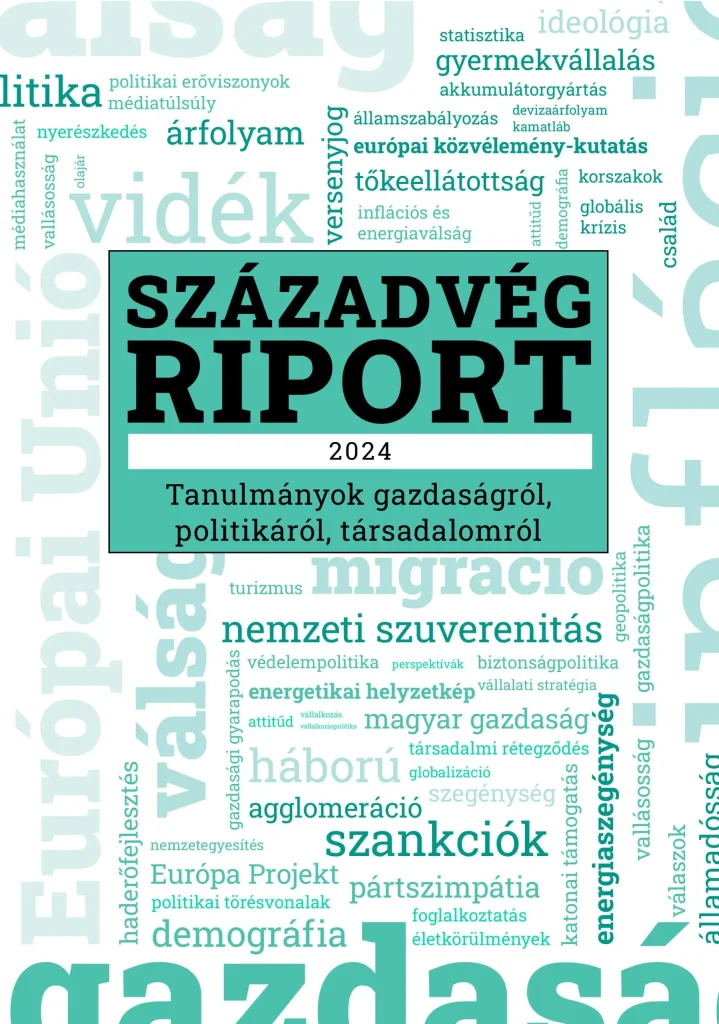At its May meeting, the central bank’s Monetary Council did not change the base rate, which has been in place since September. The base rate in Hungary therefore remains at 6.5%.
In March, retail sales increased by 0.4% year on year on both a raw and calendar-adjusted basis compared to the respective period of the previous year.
In March 2025, turnover in specialised and non-specialised food shops increased by 1.2%, and the turnover in non-food shops increased by 5.9%. In fuel retailing, sales increased by 0.1% year on year in January.
Measured up to April 2025, the value of the monthly SZIGMA CI indicator, which provides a snapshot of the current state of the Hungarian economy, was –0.0281, which is close to the historical trend and shows an improving economic performance compared to the previous month. Even though the Hungarian economy is still growing below the historical trend based on this calculation, the figure clearly shows that in the second half of 2024 the growth rate of the Hungarian economy approached the trend more intensively and has been performing at this level since then.
The other indicator, SZIGMA LEAD, a short-term indicator for the future of the Hungarian economy, forecasts a bounce-up in growth by the end of the forecast horizon (end-2025). More specifically, it forecasts a short and sharp decline in the first phase, followed by a bounce-back.
In April 2025, consumer prices rose by an average of 4.2% on an annual basis.
The rate of pension increases in 2025 is faster than than originally planned
By the end of April 2025, pensions amounted to HUF 2,489.8 billion, an increase of 5% (HUF 118.1 billion) compared to the same period last year, exceeding the official pension increase of 3.2%. During the same period, the Health Insurance Fund spent HUF 1,688.7 billion, an increase of HUF 196.5 billion, i.e. 13.2%, compared to the base period. Within this, expenditure on curative preventive care, which accounts for more than half of the Fund’s expenditure, increased by 17.0% (HUF 148.1 billion).
The SZIGMA (abbreviation of the Hungarian name “Századvég Index a Gazdasági Momentum Alakulásáról”, in English: Századvég Index of the Development of Economic Momentum) is a simultaneous and preliminary indicator system developed by Századvég for the Hungarian economy.
It is crucial for economic policymakers and analysts to have an accurate picture of the state of the economy, but statistical data are often available with considerable delays. In contrast, the SZIGMA indicators provide information on the economic cycle and the business cycle within 30 days of the reference month, on a monthly basis.
The indicator system consists of two indicators, the SIGMA CI, which summarises the current state of the economy, i.e. information extracted from simultaneous variables, and the SIGMA LEAD, which provides preliminary information on the expected economic trajectory. A positive CI index means that economic growth is above the historical trend, and a negative CI index means that growth is below the historical trend. The SIGMA LEAD indicator provides a short-term forecast for a 9-month period. If the SIGMA LEAD indicator is positive, growth is expected to be above trend in 9 months’ time (i.e. three quarters of a year later), while if it is negative, growth is expected to be below trend in the near future.
